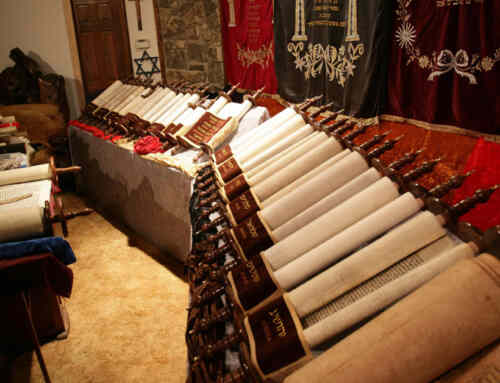This is a question many have considered. It is technical but resolvable. From the 12th Dynasty of Egypt, we have a set of 40 dates, given both according to the lunar calendar of Egypt and according to the solar calendar of Egypt. The single best fit for these 40 pairs of dates puts the 12th Dynasty at the time of the Exodus. There is a well-known historian and Egyptologist in England named David Rohl, author of “Pharaoh’s and Kings, a Biblical Quest.” He also is highlighted in videos from recent years titled “Patterns of Evidence,” which endeavors to connect the Exodus record with the history of Israel.
Analyzing the four lunar and solar records dating back to the 3rd Dynasty of Ur shows a connection to the time of Abraham (Genesis 14:1), Amraphel, king of Shinar, being Ur-Nammu, king of the Sumerian Empire. This places the 12th Dynasty of Egypt closing at the time of the Exodus.
Here is what we understand:
(1) Moses fled from a dominant pharaoh, according to Exodus 2:15, and Moses was away for 40 years (Acts 7:30) before he was directed by an angel from God to return to Egypt to deliver the people of Israel (Exodus 2:23 and forward), after that Pharaoh had died and another ruler was in power. This evidently was a Pharaoh who would have reigned on the order of 40 years, more or less. There is such a king, Amenemhet III, of the 12th Dynasty of Egypt — something very rare. His son, Amenemhet IV, overlapped with his father, had a much briefer reign, and would have been the Pharaoh of the Exodus.
(2) Notably, unlike many other Pharaoh’s, no mummy of Amenemhet IV has been located, which would be consistent with his death in the Red Sea. Psalm 136:15, “But overthrew Pharaoh and his host in the Red Sea.” Exodus 15:19, “The horse of Pharaoh went in with his chariots and with his horsemen into the sea, and the LORD brought again the waters of the sea upon them.”
(3) The next “Pharaoh” after him was a woman, apparently his wife, Queen Sobeknefru, one of perhaps only four female Pharaohs who ever ruled Egypt in antiquity. How did she come to rule? If her husband Amenemhet IV died in the Red Sea, and his son and heir died in the 10th plague, “The firstborn of Pharaoh that sat on the throne” (Exodus 12:29), it would explain why she next took the reins of authority. She ruled for 3 or 4 years, and the very strong and powerful 12th dynasty thereafter ended.
Even without the above evidence, other writers have also placed the Exodus near the close of the 12th Dynasty. The book by Ted Stewart, “Solving the Exodus Mystery,” concludes the same. “12th Dynasty Pharaohs are identified as the true Biblical Pharaohs of Joseph, Moses, and the Exodus” (flyleaf introduction in his book).














